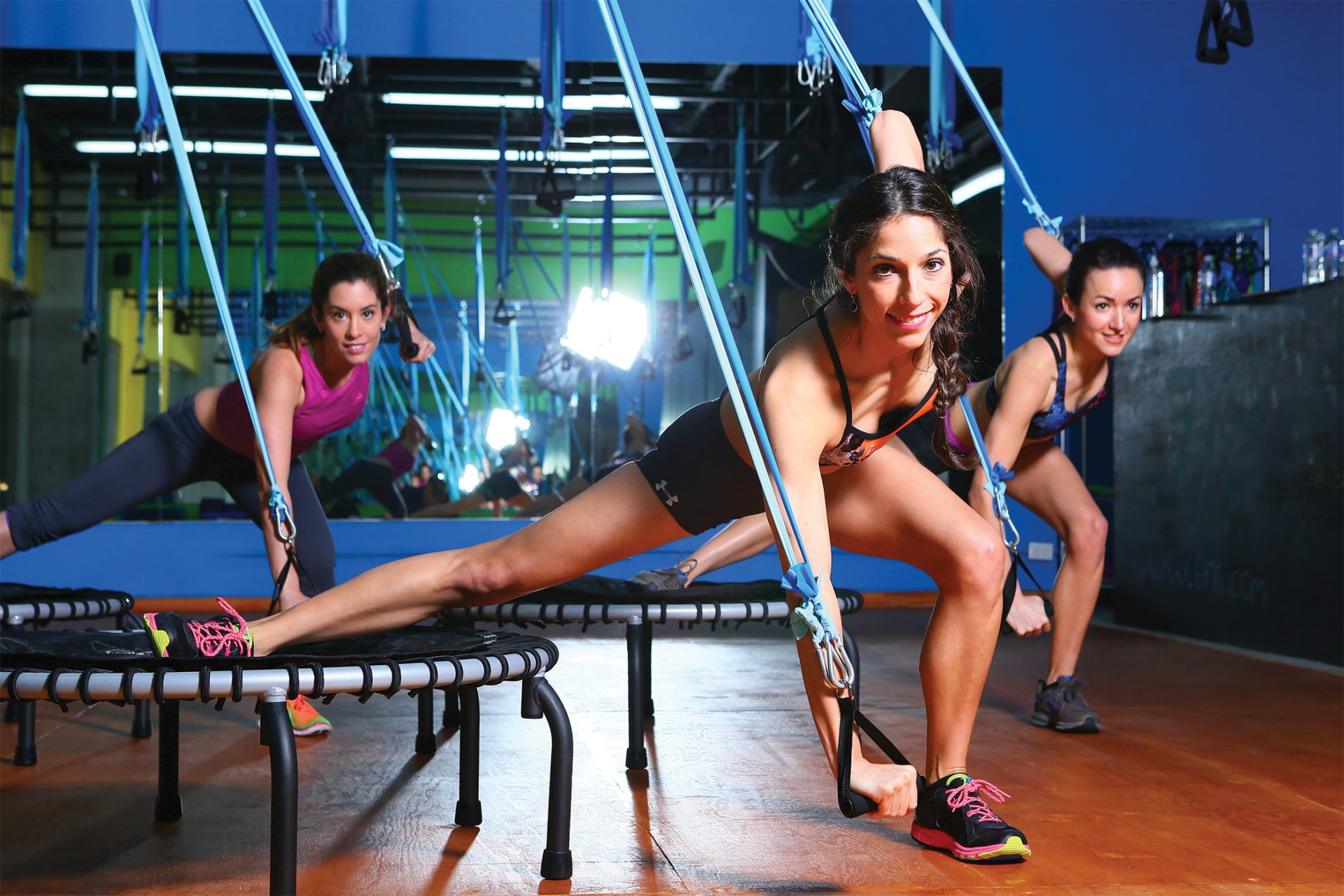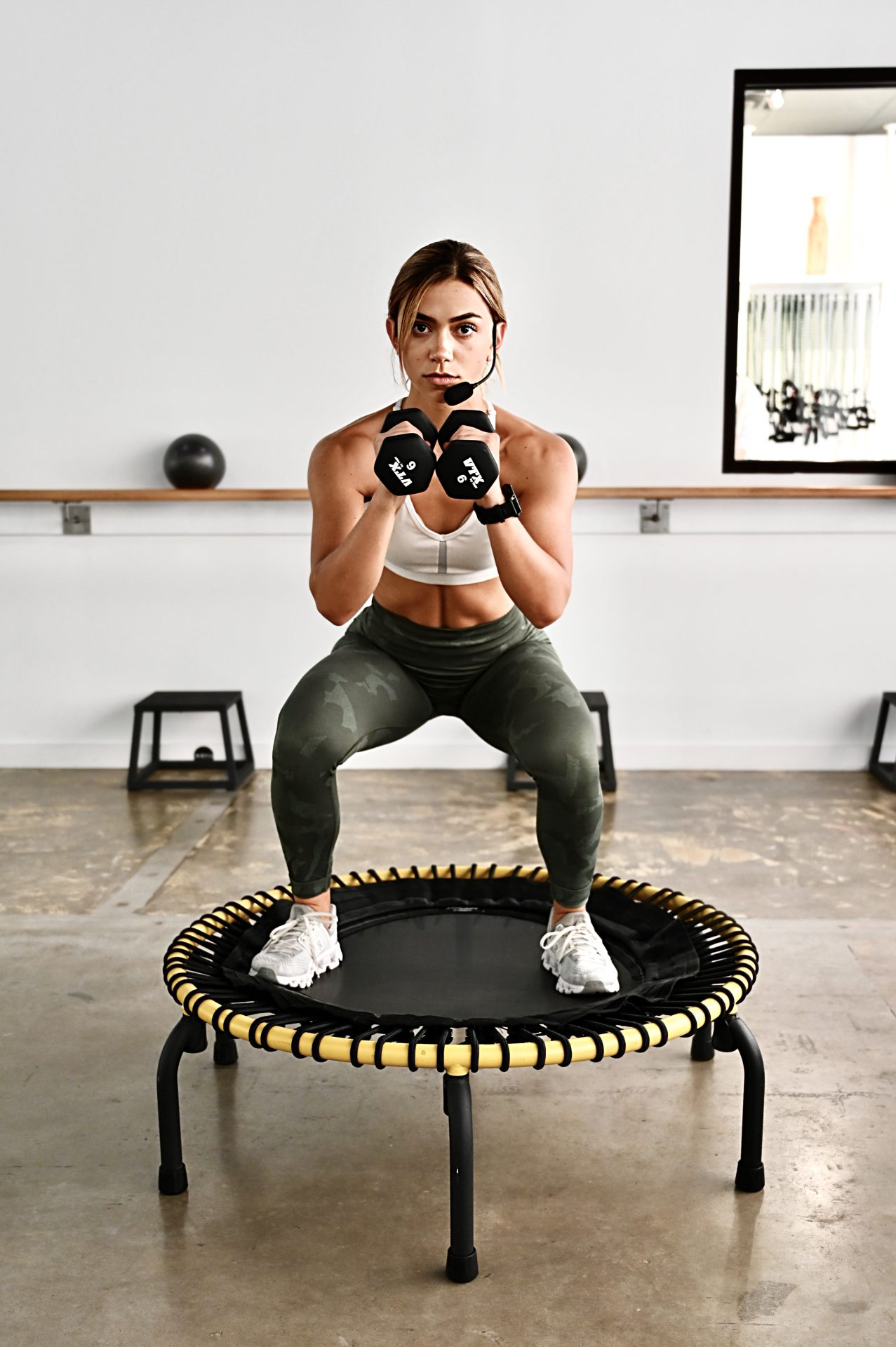
Written by Steve Carver
Winter sports enthusiasts face a high risk of injuries, especially in activities like skiing and snowboarding. The thrill of speed, unpredictable weather conditions, and challenging terrains can lead to some serious accidents.
There are an average of 2.8 injuries for every 1,000 days skied, with knee-related injuries standing out as the most prevalent. The risks are even higher for professional athletes who push their limits in their quest for medals.
However, members of the Canadian Olympic Team utilize unconventional methods to minimize these risks, and key components of the strategy include everything from warmup drills to trampoline conditioning. This approach has proven effective not only in preparing athletes for the physical demands of skiing and snowboarding, but also in mitigating injuries.
Fitness preparation
A crucial aspect of injury prevention in winter sports involves a simple yet often overlooked component: warm-up exercises. The American Academy of Orthopaedic Surgeons emphasizes that cold muscles are more susceptible to injury, underscoring the importance of a thorough warm-up routine. Athletes are encouraged to engage in activities like jogging in place or jumping jacks before hitting the slopes.
Additionally, staying adequately hydrated throughout the ski day is another successful preventive measure. Dehydration can contribute to fatigue and impair muscle function, making skiers more prone to injuries. Health professionals recommend a consistent intake of water throughout the day, rather than waiting to hydrate once you’re finished for the day and off the slopes. This can be as simple as taking a water bottle with you and tucking it inside your jacket.
Moreover, incorporating strength training and flexibility exercises, such as through yoga or pilates, into one’s regular fitness regimen can enhance overall body resilience and reduce the risk of injuries. Focusing on core strength, leg muscles, and joint mobility prepares the body for the dynamic movements involved in skiing and snowboarding. Skiers in particular should focus on targeting their glutes and hamstrings with repetitive lunges and stretching the hip flexors in pigeon pose.
While these strategies might seem rudimentary, they form the foundation of a holistic approach to injury prevention, reinforcing the idea that taking care of one’s body and preparing oneself for activity significantly reduces the risk of injuries.

Trampoline practice
Other than basic warm-up routines and regular exercise, there are other ways to prevent ski injuries. For one, the Canadian Olympic Ski Team is betting on trampolines. These are not the trampolines of your childhood days in the backyard, but innovative devices designed specifically for simulating conditions on the slopes.
These trampolines offer specific movements that mimic the leg motion required in skiing and snowboarding. As athletes bounce, their legs are forced to absorb the impact, simulating the conditions they would encounter on downhill slopes. The low-impact surface of trampolines ensures that users engage and stimulate the same muscle groups without subjecting the body and joints to excessive stress.
Depending on the size of the trampoline, there are also a variety of g-forces acting on the athlete’s body during this type of conditioning. The forces vary from 6 to 14G, which is similar to the force experienced during a car crash going a speed of 30 km/hour. The intensity of the trampoline g-force acting against the athletes simulates conditions on the slopes: snowboarders can experience upwards of 14g of force when landing a jump.
Practice on these purpose-built trampolines not only aids in conditioning but also enhances balance and kinaesthesia, which are critical elements in preventing injury. The controlled and repetitive nature of trampoline exercises allows athletes to fine-tune their movements, preparing them for the dynamic and unpredictable conditions of winter sports.
Winter HIIT
To implement this training method effectively, athletes should consider implementing a winter sports high-intensity interval training (HIIT) trampoline workout. HIIT workouts generally consist of five different movements, each performed in intervals of 40 seconds of activity followed by 20 seconds of rest. These movements include high knee jogging, side-to-side moguls, front-to-back jumps, cross-country skiers, and jump squats, and serve to simulate the varied motions encountered in skiing and snowboarding. Repeating this set of movements five times constitutes a comprehensive and effective HIIT workout.
While the term HIIT tends to strike dread in people, this method of conditioning, in particular with a trampoline, can prepare everyone from professionals to complete novices in a controlled, efficient, and engaging manner. Trampoline workouts can be effective, engaging, and fun while remaining gentle on joints. And you know what’s even better? No achy knees or torn ACLs after you’ve finished your runs for the day.
About the author
Steve Carver is a seasoned professional in the fitness industry, boasting over 30 years of experience. His journey began as a personal trainer, where he honed his skills and developed a deep understanding of fitness and wellness. His dedication to helping others achieve their fitness goals has earned him the title of a JumpSport Master Trainer.
In addition to his role as a Master Trainer, Steve has taken on the mantle of Business and Product Development Director at JumpSport. In this capacity, he leverages his extensive knowledge of fitness and training to guide the development of innovative products that cater to the evolving needs of fitness enthusiasts.
Throughout his illustrious career, Steve has consistently demonstrated a commitment to excellence and innovation. His contributions to JumpSport extend beyond his roles, as he continues to inspire and motivate individuals on their fitness journeys. His expertise and passion for fitness make him a valuable asset to the JumpSport team and the fitness community at large.